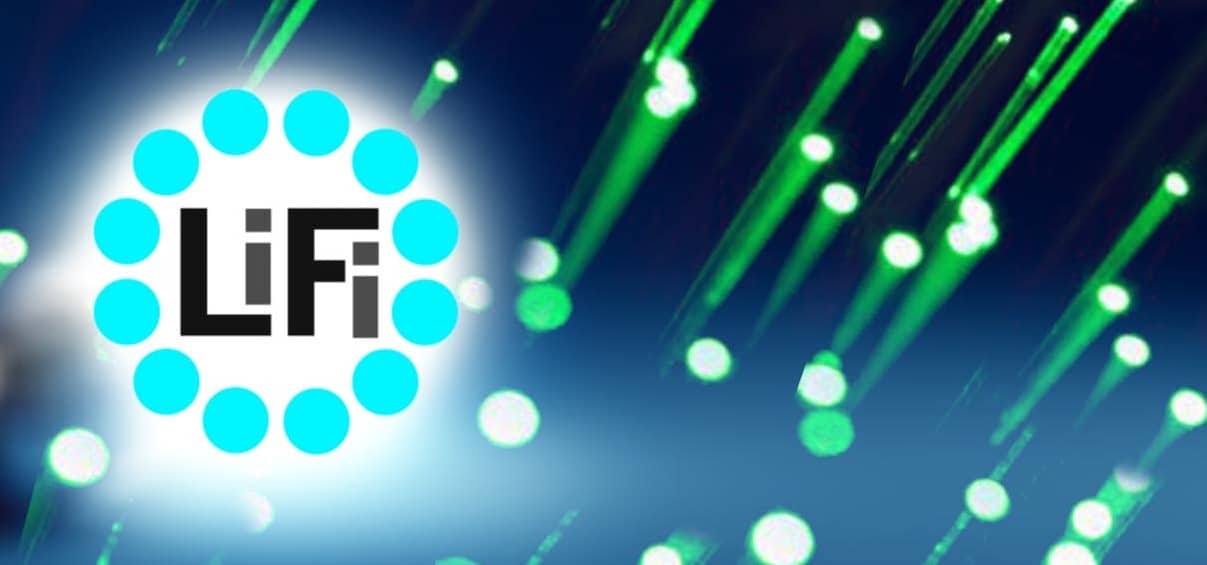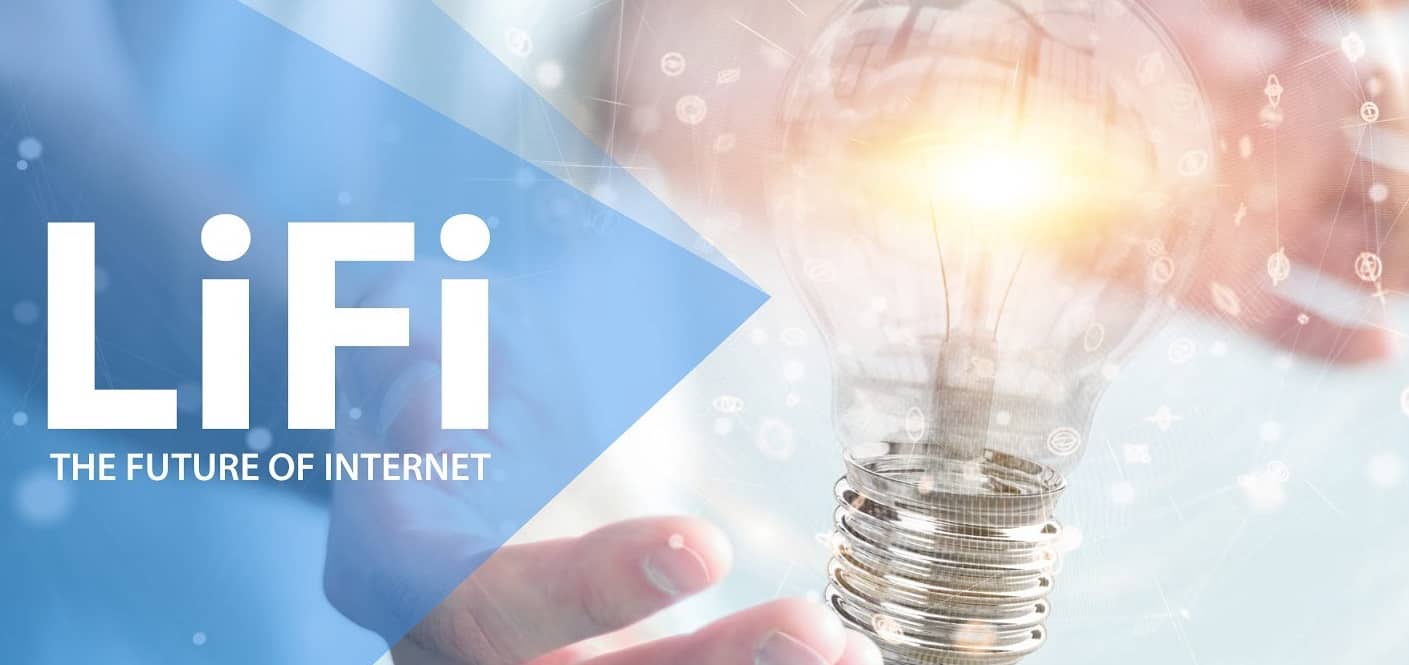We all are aware of using WiFi for internet connectivity. Internet connectivity is considered as the most important thing when you are living in this world. Everywhere you go, there are places where you lost your internet connectivity.
So, new technology came into existence called LiFi. People get access to internet connectivity only by switching on the lights. This is about 100 times faster than your WiFi connectivity. This technology mainly uses Light Emitting Diode (LED s) for data transmission.
LiFi stands for Light Fidelity, a mobile-based wireless technology that uses light to transfer data. This uses light frequencies instead of using radio frequencies for data transmission. This technology is best used in the case of 5G. This technology holds the best properties than the technologies which work based on radio frequencies like cellular or Wifi.
LiFi doesn’t work standalone; it needs a complete ecosystem for working. The ecosystem comprises of light communication vendors, telecom operators, chipset providers, infrastructure, telecom operators, lightning, end customers, device integrator etc. The term Li-Fi is firstly introduced by professor Harald Hass in 2011 when he was attending the TEDGlobal talk in Edinburgh.
The main objective is to increase the transmission speed and extend it to 802.11 by including the light-medium. This also helps in the positioning of two devices. This is introduced in March 2011 by the Digital Communication industry. It is of visible light communication connector type. The physical range of this wireless communication is a visible light spectrum, ultraviolet and infrared radiation.
This wireless communication works at a higher speed. The speed at which LiFi can transmit data is up to 100 Gbits. This technology is best used in areas susceptible to electromagnetic interference. The areas where it is mostly used is operation theatres in hospitals, military, underseas explorations, offices, homes, and also aircraft cabins. Nowadays, LiFi is developed in many countries globally.

How does It work?
The working of LIFI is totally based on the working of LEDs. It is visible light communication technology. The first process starts with the emission of the pulses from the LED light bulb; these pulses are undetectable by human eyes. The data is transmitted through these pulses to and from the receiver. The next step is the collection of data by the receiver, and then the transmitted data is interpreted. This process is done at a faster pace around a million times a second.
LiFi is considered as the worlds fastest WiFi. The greater advantage of using the light spectrum instead of using the radio waves is the larger bandwidth capacity of the light spectrum. The working of radio frequencies is much more complex then LiFi.
WiFi needs operators to lie the circuits, antennas and also the complex receiver. Lifi not required the circuits and antennas; it is the direct modulation same as the devices of the low infrared communication like remote control units. The reason behind higher data rates is higher intensities of the LED light bulb. The whole working of the LiFi is based on the switching of the LED bulb. This is a bidirectional network technology.
Also Read: Why is Digital Marketing important for Small Businesses?
The LED light bulb is consist of photons. When we switch on the light, and electricity starts passing through the bulb and resulting in the emission of the photons. LED is a semiconductor. Therefore, it has a property which helps in the transmission of the data on a higher speed. The property of modulation helps to send the data at different rates.

Advantages of LiFi
- The speed of LiFi is at higher rates as compared to WiFi.this can deliver at multiple speeds. This technology provides with a larger bandwidth.
- This technology is much reliable than WiFi.The reason behind the enhancement of reliability is enabling interference-Free communication. The data density is much higher and helps to increase user experience.
- The security of LiFi is much higher than the WiFi as the light is easily contained in the physical space. This technology provides with the user authentication property and with proper control.
- LiFi provides with the better localisation network. A unique IP address provides advanced geofencing. There are limitless benefits of the LiFi as compared to the WiFi.
- This technology is interference-free. You can connect with any devices including microwaves, phones and also with WiFi networks.
- As compared to WiFi, This technology can also work in the dense region and able to get a good network in the salty seawater.
- This is much cheaper as compared to the WiFi technology. The only cost is spent on including the necessary receiver in the devices.
- This technology are able to continue in operation in a non-visible way.
Disadvantages of LiFi
- LiFi has a limited range and not able to pass through the opaque things like walls etc.
- Due to less range of light beams. They are able to work for 5-10 metres. But, some sensors are used for overcoming these obstacles and helps to increase the distances of the networks.
The future of this technology is bright. This technology starts replacing WiFi technology. This technology grabs the position with both technical and economic advantages. For the proper working of this technology, many sensors are used for increasing the distance of the network.
By..Shubhangini
